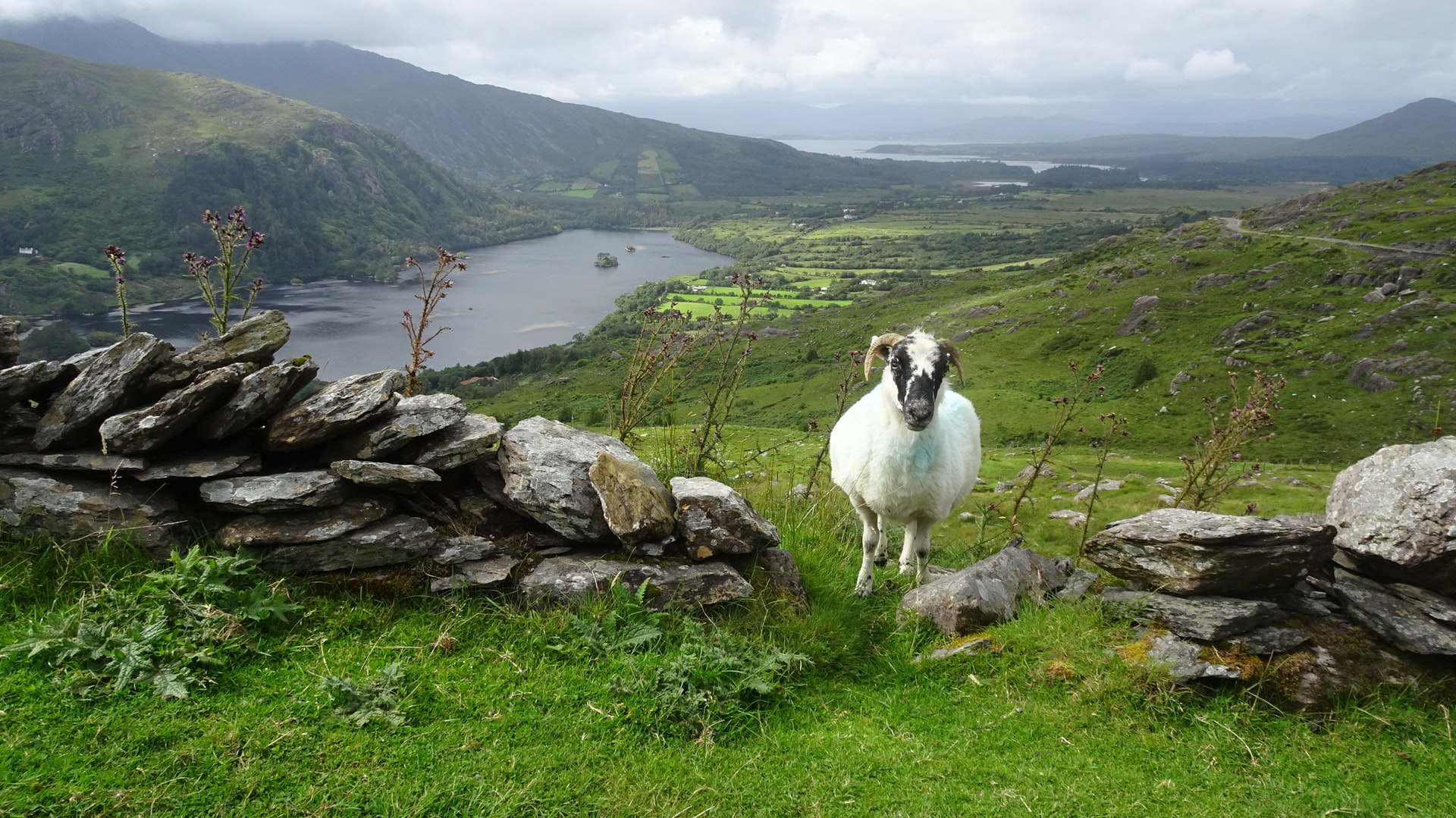Conservation grazing generating positive returns for the biodiversity of Ireland

Industry experts have emphasised the benefits of adapting to natural land management practices. Native breeds for restoring and protecting sensitive habitats in Ireland via conservation grazing techniques are emerging as beneficial for biodiversity.
Dr Barry O’Donoghue, the wildlife inspector with the National Parks & Wildlife Service (NPWS), believes that before the predominant focus on intensive farming in Ireland, conservation grazing was considered a natural form of land management. O’Donoghue explains that conservation grazing has existed for years and that farmers have applied livestock grazing for other benefits alongside food for many years. O’Donoghue believes that nature benefited from this farming management technique. Industry experts believe that conservation grazing could become a nationally adopted measure by farmers and landowners, who represent over 60% of the land in Ireland.
Over the years, traditional farming methods have diminished, but there remains knowledge among landowners about how to manage and restore grazing. O’Donoghue refers to the concept as more about restoration rather than a process of rewilding.
William Cormican, the regional manager for the west of the NPWS, explains that they started traditional farming measures in 2021 in association with landowners. NPWS is creating a field study centre focusing on traditional hay and permanent pastures using a range of ponies, sheep and indigenous Irish cattle breeds. Cormican explains that the aim is to eliminate scrub encroachment and improve habitat protection in the region.
Conservation grazing with heritage breeds is considered an ideal way of managing sensitive habitats in the region. Cormican explains that moiled cattle, a native Irish breed depend on rougher vegetation that is edible to other popular species. Other studies overseas have explored how Irish Moiled cattle manage habitats and thrive compared to other cattle breeds. Co Kerry farmers have also introduced cattle into the mountains as part of the European Innovation Partnership to protect sensitive habitats in conservation areas.
Cormican explains that people must understand the value of heritage breeds which developed in these landscapes and protected these habitats. Cormican highlights that farmers must be aware that these cattle are smaller than continent breeds, hardier and resistant to parasites, as well not requiring additional feeding, housing or silage. NPWS is breeding Irish Moiled cattle for farming co-operatives and hopes to repopulate farms and generate added value for both the farmers and surrounding nature.
Across the grasslands, uplands and coastal regions, animals are used to protect and restore Irish habitats through conservation grazing. The Irish Native Rare Breeds Society (INRBS) promotes selected species primarily for conservation grazing. The organisation hopes that over time people will recognise the importance of different breeds and how they impact habitats. The INRBS explain that there is some reluctance toward adopting native species.
In an area within Fingal County, Irish goats were introduced as the latest measure to prevent the spread of wildfires. Until the 1940s, the county was managed by traditional grazing livestock, controlling the gorse and bracken, thus reducing the potential of fires in the area. By adopting these grazing techniques, the council hope that wildfires are safely maintained. Traditional grazing techniques can be sustainable and yield benefits for people and the planet.
Over the years, landowners and farmers have created, adopted and refined sustainable farming techniques for various ecosystems. Sámi herders raise semi-domesticated reindeer on lichen found in the tundra. Moroccan shepherds move their animals seasonally between valleys and mountain pastures. Sahelian herders graze animals by rotating them across varying landscapes and vegetation, while North American ranchers seasonally rotate between lands. Protecting and restoring these traditional farming methods is critical for our future biodiversity.